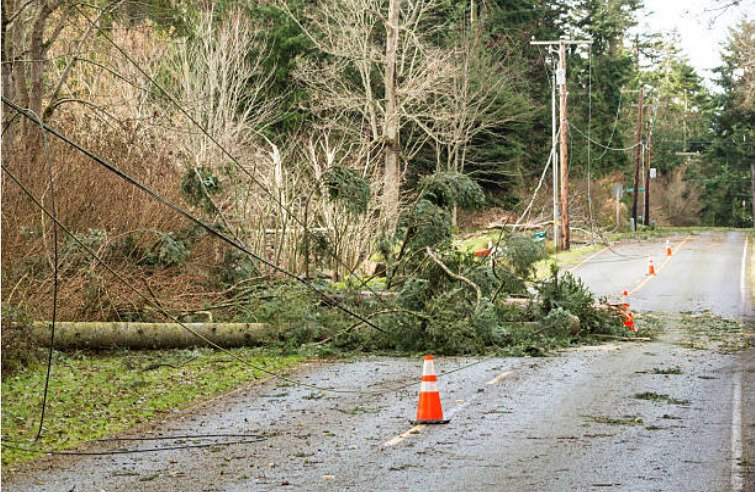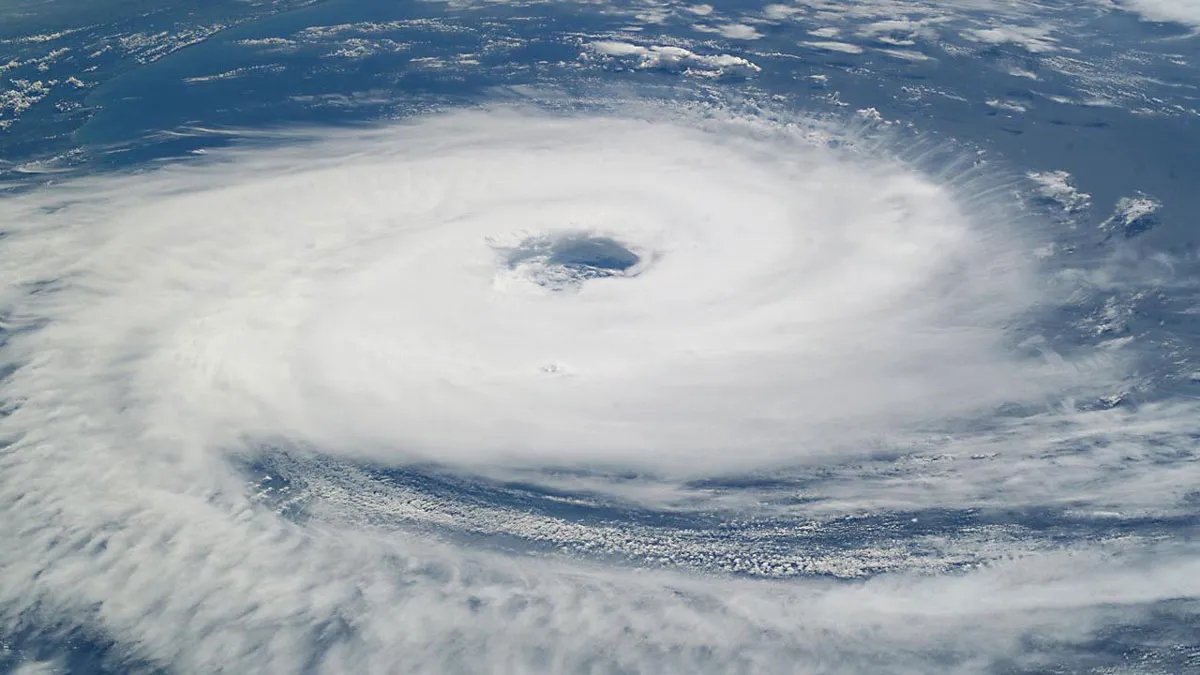
40 Interesting Hurricane Facts
Hurricanes are large, swirling storms producing winds of 119 kilometers per hour (74 mph) or higher. Hurricanes form over warm ocean waters especially on the Caribbean. Learn more about Hurricanes on this list of Hurricane Facts.
1. A Hurricane is a powerful tropical storm with powerful Winds and Heavy Rain.
2. Other names for a Hurricane include Cyclone, Typhoon, and Tropical Storm.
3. Tropical Storms that form in the Atlantic or Northeast Pacific are called Hurricanes.
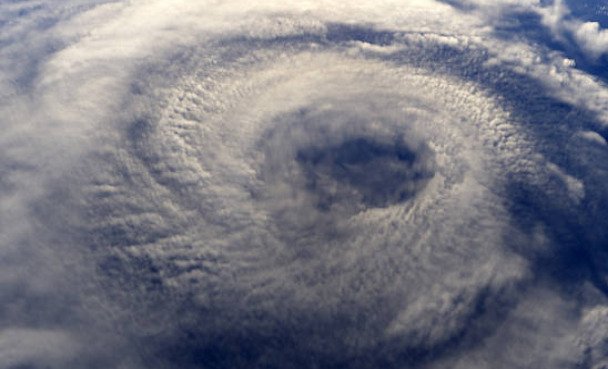
4. The Storms that form near in the Northwest Pacific are called Typhoons.
5. The Storms that form in the South Pacific or Indian oceans are called Cyclones.
6. The difference between a Tropical Storm and a Hurricane is the Wind speed.
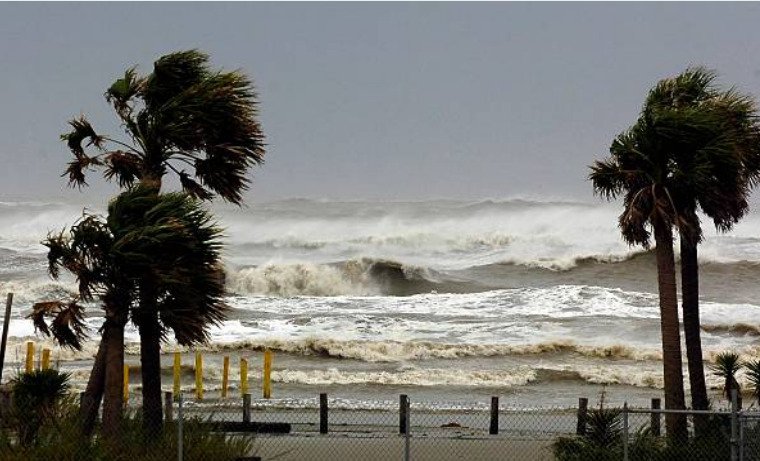
7. Hurricanes drop its strong point as they move over the land.
8. Coastal regions get affected the most by Hurricanes.
9. Hurricanes can also create Tornadoes.
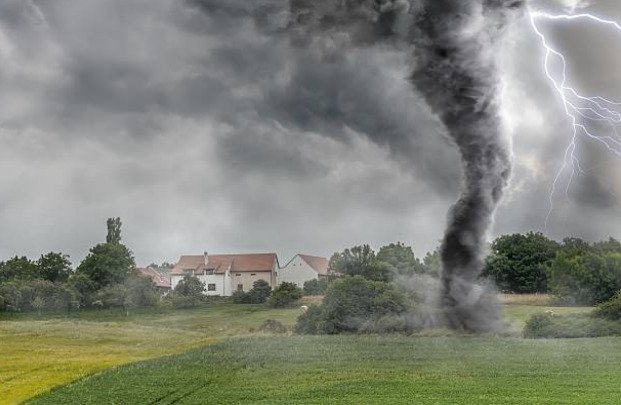
10. The wind flow in the southern hemisphere of Hurricanes is clockwise while the wind flow in the northern hemisphere is counterclockwise.
11. The center of a hurricane is called an “eye”.
12. The eye of a Hurricane can be from 3.2 kilometers to over 320 kilometers in diameter.
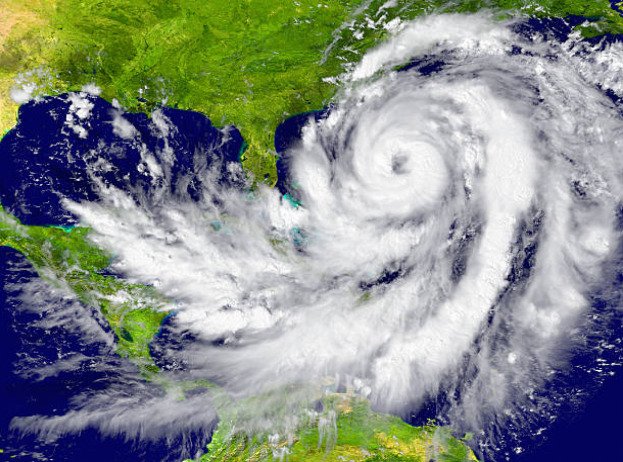
13. The winds around the eye are usually the strongest.
14. Weather satellites and weather radars are used to track Hurricanes.
15. Over the last 200 years, Hurricanes have led to the death of about 2 million people.

16. Over 300,000 people died in Bangladesh’s Bhola Cyclone in 1970.
17. In 2005, Hurricane ‘Katrina’ killed over 1800 people in the United States.
18. When wind speeds up to 20 to 34 miles per hour, the ocean storm becomes a tropical depression.
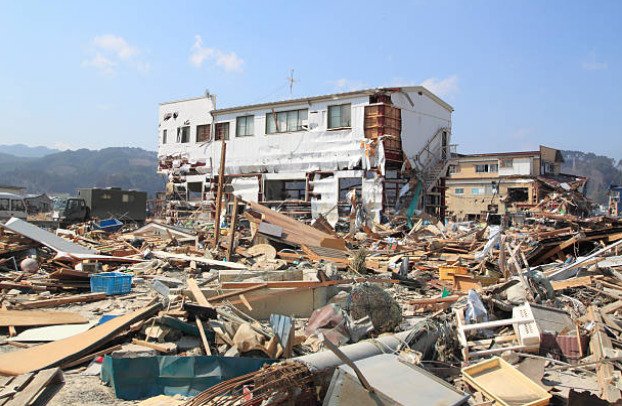
19. The weather inside the eye of a Hurricane is usually calm.
20. Many Hurricanes cause severe flooding.
21. About 90% of the deaths that happen during Hurricanes, happen because of drowning in floods.
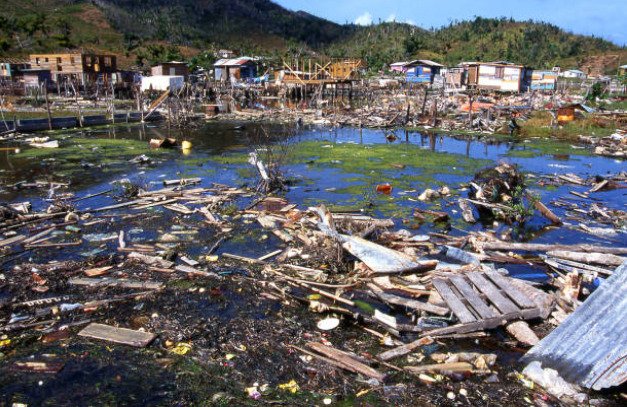
22. Most Hurricanes in North America hit areas near the Atlantic Ocean and the Gulf of Mexico.
23. The water temperature must be at least 75-80 degrees Fahrenheit for a Hurricane to survive.
24. Hurricanes usually begins in late summer or early fall because it needs warm and moist air.
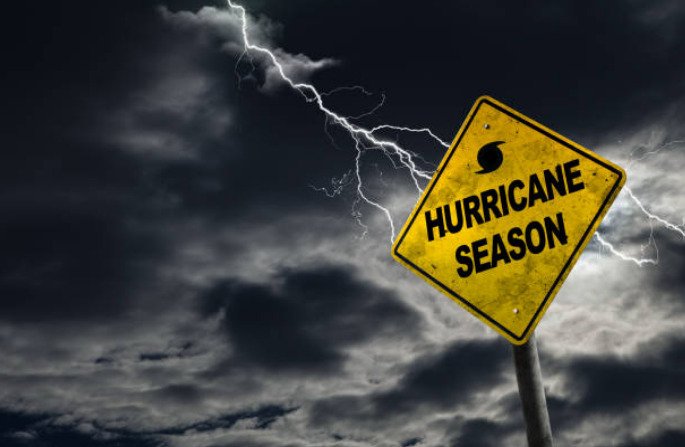
25. The highest storm surge was 12.5 feet in the Aransas County.
26. Hurricanes were first given names in the 19th century by Clement Wragge.
27. The intensity of a hurricane is measured on the Saffir-Simpson Scale.
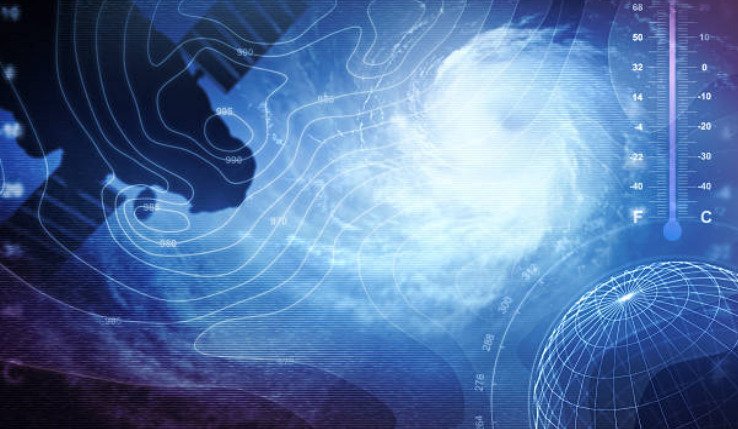
28. Category 3, 4, or 5 of hurricanes are considered strong and tremendously dangerous.
29. The statistical peak of the Atlantic hurricane season is September 10.
30. The main difference between a Cyclone, Hurricane and a Typhoon is the location of the Storm.
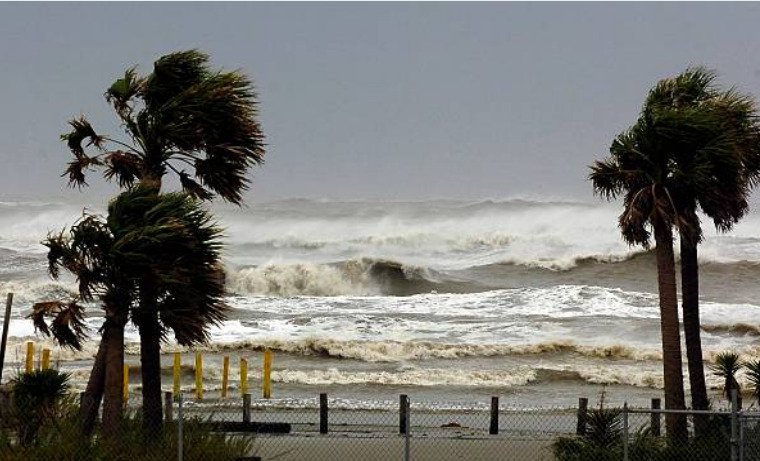
31. The red dot shown on Jupiter is really a never-ending Hurricane that has been going for over 300 years.
32. The eye of the hurricane is 38 miles wide on average.
33. The red dot of the Hurricane on Jupiter is larger than the Earth.
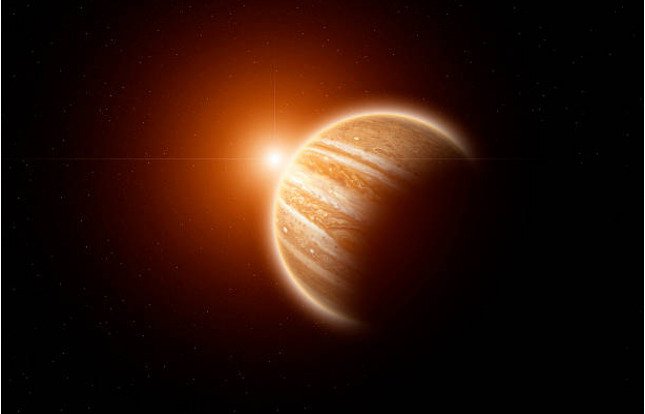
34. The fastest recorded hurricane was “The Long Island Express” in 1938.
35. The eyeball nearby the eye is collected of thick clouds that comprise the highest winds in the Storm.
36. The Storm’s outer rain bands consist of thick bands ranging from a few miles to tens of miles wide.
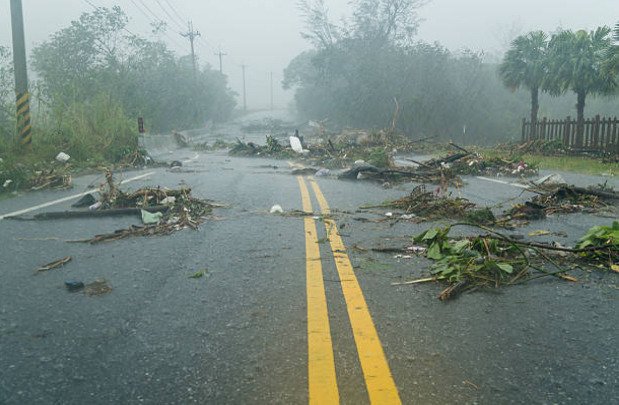
37. The heavy waves are called a Storm surge.
38. In the Atlantic, Hurricane season starts on June 1st.
39. The right side of a Hurricane is the most dangerous in terms of Storm Surge, Winds, and Tornadoes.
